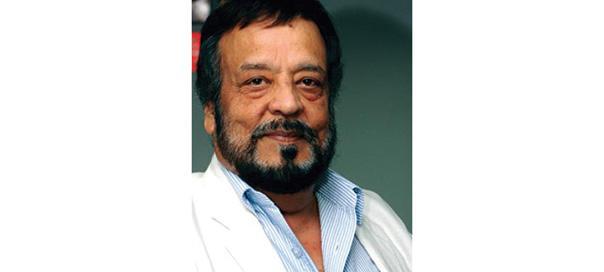Now we know why the Hindi 24/7 news channel Aaj Tak has been winning so many awards for being No. 1 in news and journalism. Last week, it emerged again as the No. 1 channel that is striving to demonstrate that the media should be and is the fourth pillar of India’s democracy. Within days of a direct confrontation between the Delhi government and Union Home Minister Sushil kumar Shinde about the Delhi police being unaccountably corrupt, the channel sent its undercover reporters to find out first hand (for viewers like us) whether Delhi Chief Minister Arvind Kejriwal is correct when he says that the Delhi police is corrupt from bottom up and should be controlled by the Delhi government instead of the Central government. In its daring sting operation, not only did the channel find that some of the police officers accept bribes, but also forced Shinde to order a CBI investigation of the seven police officers caught red-handed by the Aaj Tak cameras so that Kejriwal could not take credit for punishing them.
Now, this is the ideal role the media should play in a democracy to make it successful. It is the media’s responsibility to find out, on behalf of the people, which party is lying and which is honest whenever the government and the Opposition - or two different political parties - are embroiled in a match of allegations and counter-allegations about an issue that affects the common man. The channel was not only successful in eliciting response from the Delhi Police as it telecast its three-hour programme on the results of the sting operation, but was also able to get a senior minister of the Delhi government to come on the show to respond to the investigation. For me, it was Indian democracy at its best. Not only did the channel expose some of the allegedly corrupt police officers, but for the sake of journalistic balance, it also mentioned the names of five honest police officers who were not interested in taking bribes.
The broadcast was crucial for two reasons. First, it did create a fear among Delhi police officers who are used to routinely taking small bribes from the common man. Secondly, it showed how the Aam Aadmi Party (AAP) has triggered a forsaken democratic process because of which the Congress and the BJP are suddenly competing with each other and bending backwards to demonstrate that they honestly care about the common man. The winner in all this is, of course, the aam aadmi and perhaps eventually AAP. Other TV channels would do well to investigate similar allegations against the government or any political party.
It is heartening to note that all this is happening just months before the general elections, in which no political party seems to be poised to get a working majority by winning 272 seats in Parliament. At the same time, some serious questions are being raised about the quality and quantity of independent news coverage because of persistent reports that some TV channels are either indirectly owned by or being used by power-hungry political parties.
Just last month, a famous TV anchor Ashutosh (who has thrown away his TV anchor crown to don the AAP cap) told reporters that some TV channel editors are tacitly supporting the BJP. Another TV channel, News 24, is being run by the journalist wife of a senior minister in the UPA government. Some other TV channels are owned by big corporations which are well known for backing one party or another.
Some analysts even go to the extent of claiming that it has become a practical necessity for India’s political parties to own a media vehicle. A far-reaching analysis by The Hoot, a South Asian media watchdog, concludes that more and more sections of the Press are now being controlled by politicians or political parties. A report by the Business Standard in 2012 claimed that more than one-third of the TV news channels in India are being used as “political vehicles” to influence local elections. The cable distribution systems that bring TV channels to our homes are also coming under political control. The report claims that more than half of the cable distribution systems in India are owned by local politicians, and accuses them of blocking telecasts of channels carrying information deemed politically unfavourable. There were allegations that last month, the broadcast of two TV channels – Times Now and India News – was unplugged by the Uttar Pradesh cable companies after they telecast stinging criticism of Uttar Pradesh Chief Minister Akhilesh Yadav’s move to spend crores of rupees on a music and dance festival involving expensive Bollywood stars at a time when children of the Muzaffarnagar riot victims were dying of cold in make-shift refugee tents.
The problem is that this phenomenon is not limited to Uttar Pradesh only. It is also evident across much of South India and in places like Punjab, where Chief Minister Parkash Singh Badal’s family reportedly owns three news channels, and according to some reports, there have been instances in which the cable distribution systems tried to block the telecast of anti-Badal government stories.
Such a phenomenon is virtually unheard of in other democracies; it can never happen in the United States, a democracy we often compare ourselves with.
(Author/news analyst Ravi M. Khanna is former South Asia Bureau Chief of Voice of America. He now does freelance reporting from New Delhi.)
Feedback: ravimohankhanna@gmail.com























